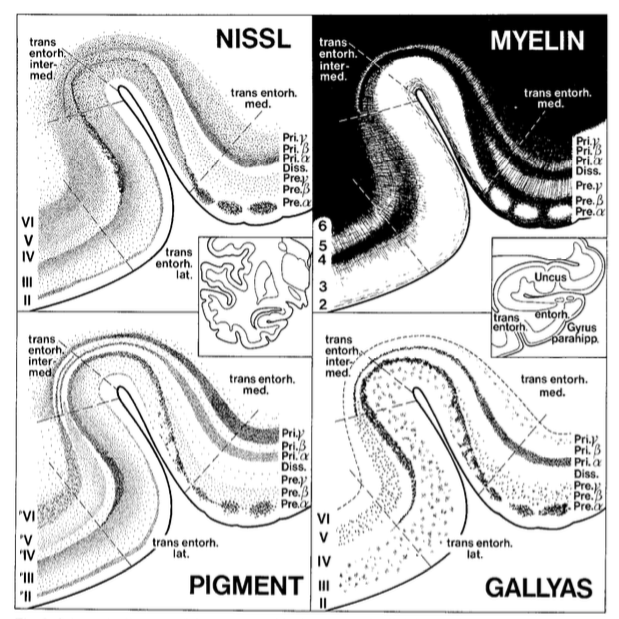
This week I thought I would share some terminology that you may or may not know!
#SubfieldWednesday (1/n)
#SubfieldWednesday (1/n)
Most of our followers probably already know how that the name "hippocampus" means "seahorse" in Greek.
#SubfieldWednesday (2/n)
#SubfieldWednesday (2/n)

What do you think? When it's dissected like this, I can definitely see the similarity!
#SubfieldWednesday (3/n)
#SubfieldWednesday (3/n)

What about the name, "subiculum"?
Well, it comes from the Latin word for "support." Duverony also calls it the "bed" of the hippocampus.
I guess this makes sense, when viewed coronally, the subiculum "supports" the DG and CA subfields.
#SubfieldWednesday (4/n)
Well, it comes from the Latin word for "support." Duverony also calls it the "bed" of the hippocampus.
I guess this makes sense, when viewed coronally, the subiculum "supports" the DG and CA subfields.
#SubfieldWednesday (4/n)

Some of you may wonder if there is a difference between the "fascia dentata" (labeled FD below) and the "dentate gyrus" (labeled DG below). They are two different names for the same structure!
#SubfieldWednesday (5/n)
#SubfieldWednesday (5/n)

What about the "uncus"? That gets it's name from the Latin word for "hook". See the images below to visualize the hook shape.
#SubfieldWednesday (5/n)

#SubfieldWednesday (5/n)


Some of the cornu ammonis (CA) subfields have special names. Sometimes CA1 is called the "Sommer sector", CA3 is called the "Spielmeyer sector", and CA4 is called the "Bratz sector"
#SubfieldWednesday (6/n)
#SubfieldWednesday (6/n)
Let's finish off this thread with a quiz! I think this one will be easier than the last.
Which subfield is called the "vulnerable sector" and which one is called the "resistant sector" ?
#SubfieldWednesday (end)
Which subfield is called the "vulnerable sector" and which one is called the "resistant sector" ?
#SubfieldWednesday (end)
• • •
Missing some Tweet in this thread? You can try to
force a refresh








